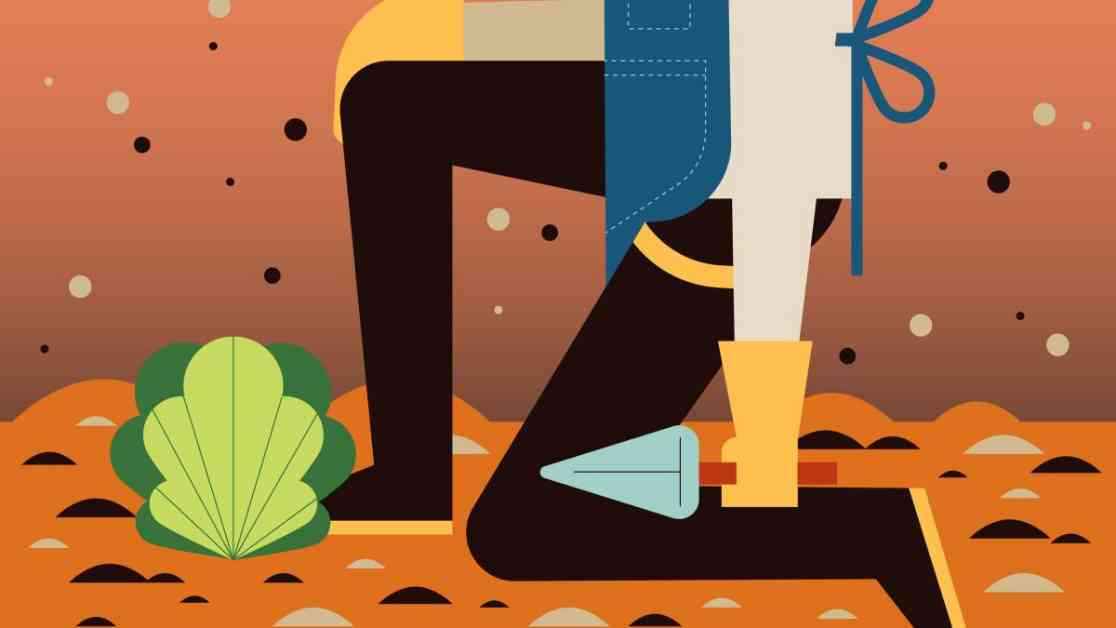Is it Safe to Eat from a Garden Exposed to L.A. Fire Ash?
Amidst the aftermath of the recent wildfires that ravaged Pacific Palisades and Altadena in Los Angeles, concerns about the safety of consuming produce from gardens covered in ash have arisen. Unlike ash from vegetation fires that can enrich soil, ash from urban wildfires can contain toxins from burned plastics, electronics, and other household items. This distinction has prompted federal, state, and local agencies to focus on cleaning up hazardous materials from over 16,000 damaged or destroyed structures in the affected areas. However, for residents whose properties were not directly impacted by the fires but still received a coating of ash, the responsibility of cleanup falls on their shoulders. This raises questions about the potential health risks associated with handling ash-contaminated gardens and produce.
Protecting Yourself from Ash
Whether you choose to clean up your yard yourself or enlist the help of professionals, safety precautions are essential. Wearing an N95 mask, gloves, safety goggles, long clothing, and boots can shield you from inhaling or absorbing harmful substances. Additionally, keeping children and pets away from ash-laden areas is crucial to prevent exposure. The Los Angeles County Department of Public Health has banned the use of leaf blowers in some wildfire perimeter areas to prevent the dispersal of ash particles. Instead, they recommend gentle sweeping or wet mopping to minimize airborne contaminants.
Removing Ash from Yards
For homeowners dealing with ash contamination outside of burn areas, experts suggest dampening the ash before sweeping or shoveling it into sealed plastic bags for disposal. Those with raised beds should consider removing the top layer of soil to eliminate toxins. It’s crucial to avoid composting ash or contaminated soil due to potential hazards. Using a shop vac with a HEPA filter can be effective for cleaning impermeable surfaces without spreading ash.
Eating Ash-Exposed Produce
Consuming produce from a garden covered in ash is generally safe after thorough washing and peeling. Studies conducted after previous urban wildfires have shown low health risks associated with eating produce exposed to smoke. Washing vegetables in a vinegar solution and rinsing them under running water can help remove contaminants. However, damaged or scorched produce should be discarded to prevent potential toxin ingestion.
Impact on Plants
The presence of ash on plants can impede growth by blocking sunlight and causing damage. Washing plants with a garden hose or waiting for rain can help maintain plant health. Rinsing ash off vehicles promptly is also recommended to prevent corrosion. Soil quality can be affected by ash, potentially elevating alkaline levels and introducing heavy metals. Testing soil for contamination is advised to ensure a safe environment for planting.
Improving Soil Quality
Plants like yarrow, mugwort, and sunflowers have the ability to absorb heavy metals and contaminants from soil through a process called phytoremediation. This natural method can help cleanse soil and enhance its quality, providing a sustainable solution for communities affected by wildfires.
In conclusion, navigating the challenges of ash contamination in gardens requires diligence and caution to safeguard health and well-being. By following expert recommendations and implementing safety measures, residents can mitigate risks associated with handling ash and consuming produce from affected areas. As communities come together to restore and revitalize their surroundings, the resilience and resourcefulness exhibited in the face of adversity serve as a testament to the strength of the human spirit.


